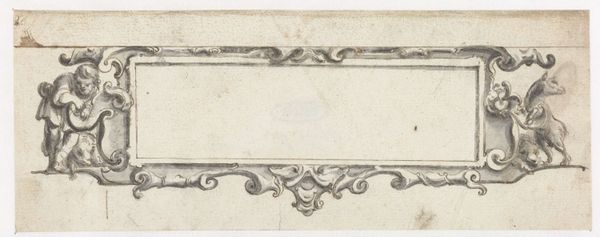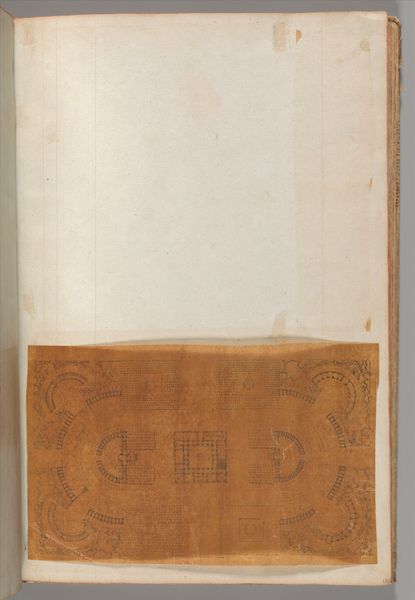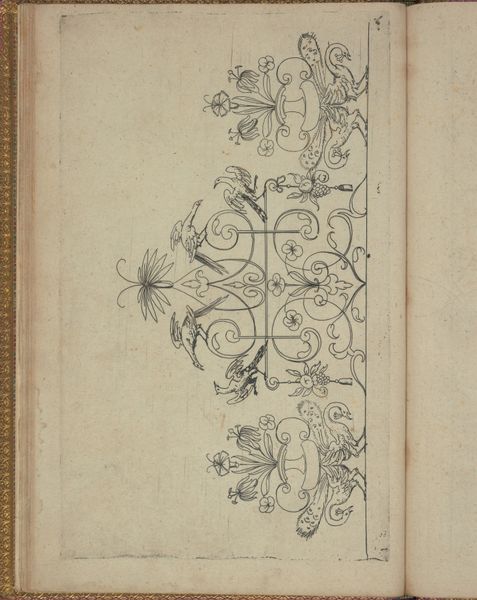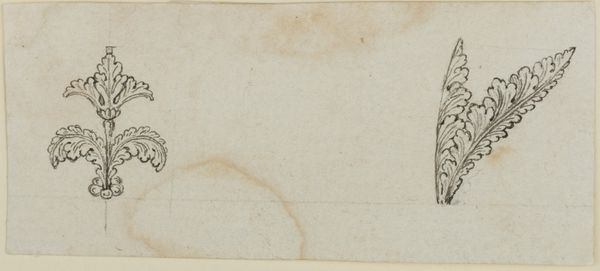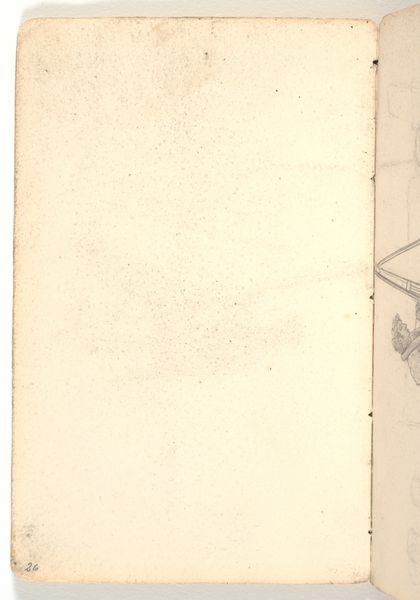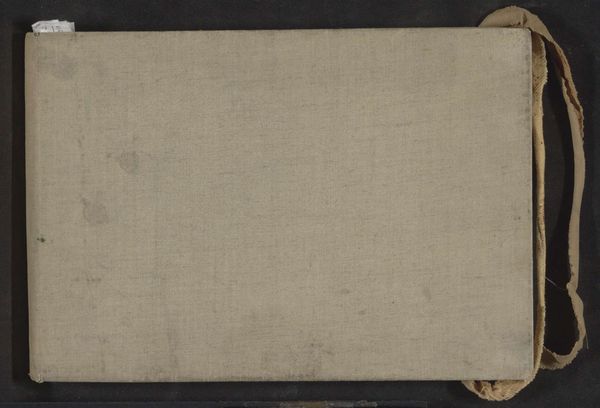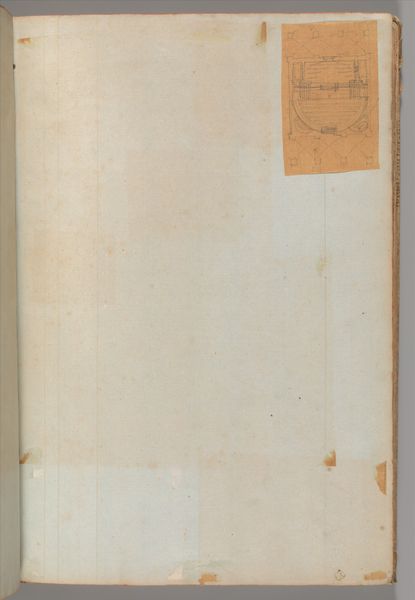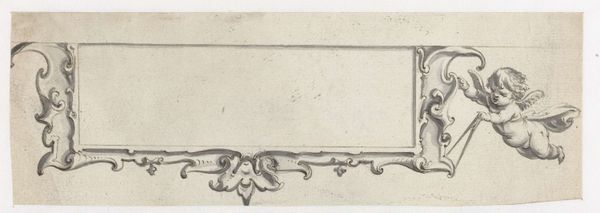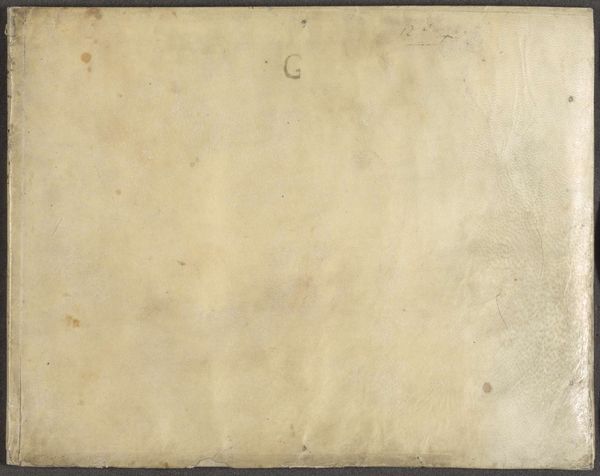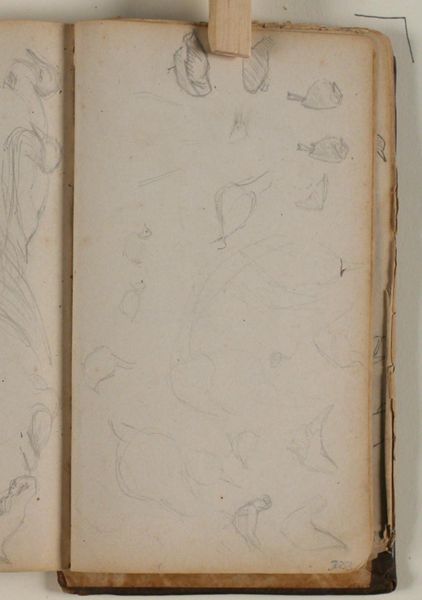
drawing, print, watercolor, architecture
#
drawing
#
neoclacissism
# print
#
historic architecture
#
watercolor
#
line
#
decorative-art
#
watercolor
#
architecture
Dimensions: sheet: 2 15/16 x 6 1/2 in. (7.4 x 16.5 cm)
Copyright: Public Domain
Editor: So this watercolor drawing, “Design for a Mirror to go over a Cabinet,” probably from the late 1700s or early 1800s, feels very formal, very proper, you know? The symmetry, the clean lines. I’m wondering, how might we interpret its symbolism in its time period? Curator: That formality, it's a language. This design, rendered with watercolor and ink, whispers of Neoclassicism. Notice the frieze-like quality, the careful balance. What architectural elements stand out to you? Editor: I see the rectangular form of the mirror itself, and then the classical motifs above it. Are these echoing a specific trend? Curator: Precisely. These are echoes of ancient Greece and Rome, resurrected during a time of revolution and reason. But consider the mirror itself: what does it symbolize, not just literally, but culturally? Think about reflection, truth, status. Editor: So the mirror isn't just for looking at yourself. It's showing off wealth and good taste but also deeper concepts like truth, even wisdom? Curator: Exactly. And notice the small details in the ornamental carving, how these shapes recur. It evokes a very ordered, deliberate world view that speaks volumes. Even in design, it tells of aspirations of that era. It isn't merely about domesticity. Editor: It’s like visual echoes. I'll never look at decorative arts the same way. Thanks! Curator: My pleasure, to see the cultural continuity through design. The visual memory speaks, always, if one attends with their heart.
Comments
No comments
Be the first to comment and join the conversation on the ultimate creative platform.
